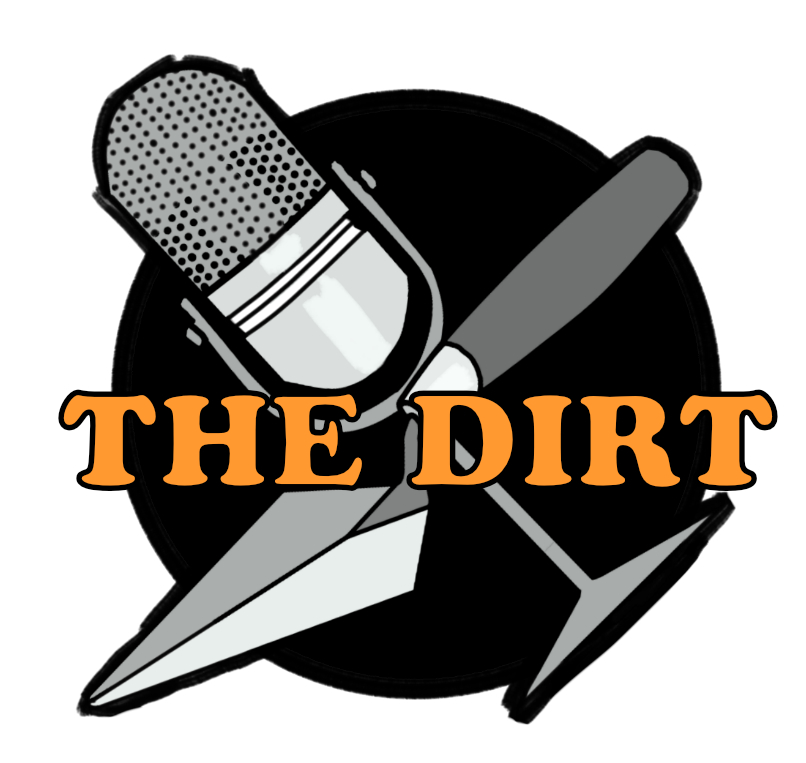Episode 71 - Aiding and A-vetting
This week Anna and Amber told you we’re going to the park, but really it’s a trip to the v-e-t in an episode all about evidence for animal care and veterinary medicine in the archaeological record. Learn how archaeologists assess animal welfare from bone analysis, ancient Egyptian animal medicine, a snapshot of life on a medieval French farm, and more, including 2nd millennium BCE pro tips on how to get your horse absolutely jacked.
To learn more, check out:
Prehistoric Puppy May Be Earliest Evidence of Pet-Human Bonding (National Geographic)
Excavating the history of ancient veterinary practices (Veterinary Record)
The Kikkuli Text. Hittite Training Instructions for Chariot Horses in the Second Half of the 2nd Millennium B.C. and Their Interdisciplinary Context (Peter Raulwing, via Academia.edu)
Kikkuli (International Museum of the Horse)
A Quick History of Veterinary History (Canidae)
Care or Neglect?: Evidence of Animal Disease in Archaeology
One and the same? An investigation into the connection between veterinary and medical practice in ancient Egypt (in Mummies, magic and medicine in ancient Egypt)
Lahun Veterinary Papyrus reference and image (UCL)
[https://www.ucl.ac.uk/museums-static/digitalegypt/med/healingpapyri.html]
Early Egyptians Revered Lowly Donkeys (New York Times)
Photo credit: Lahun Veterinary Papyrus, UCL
